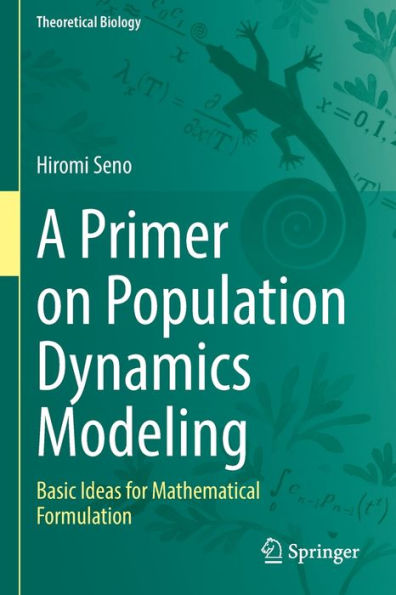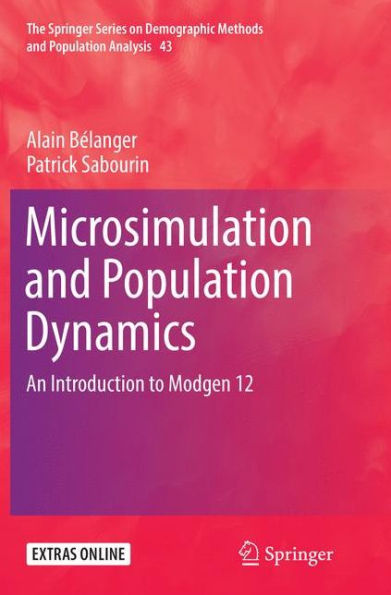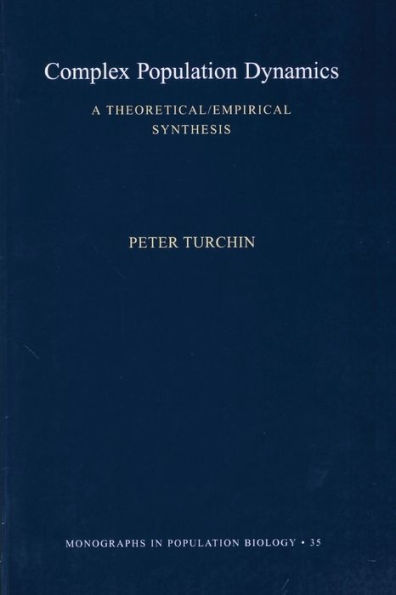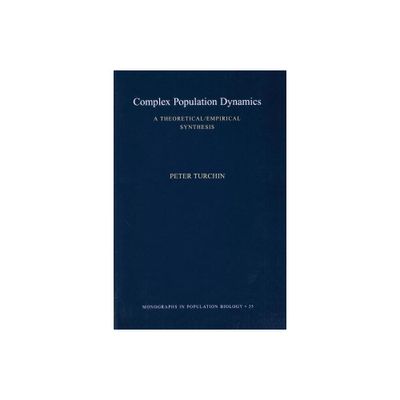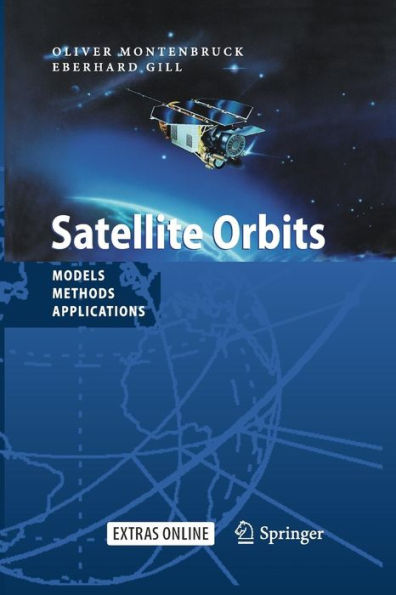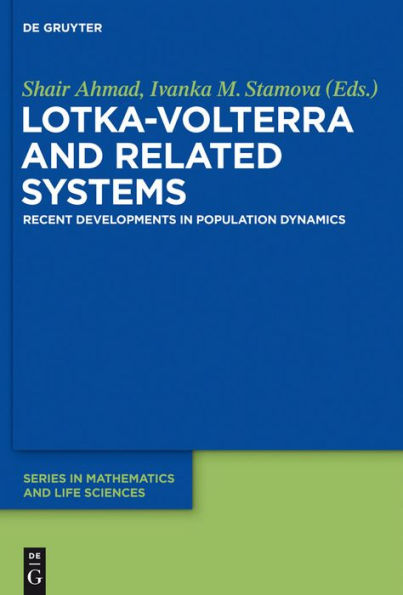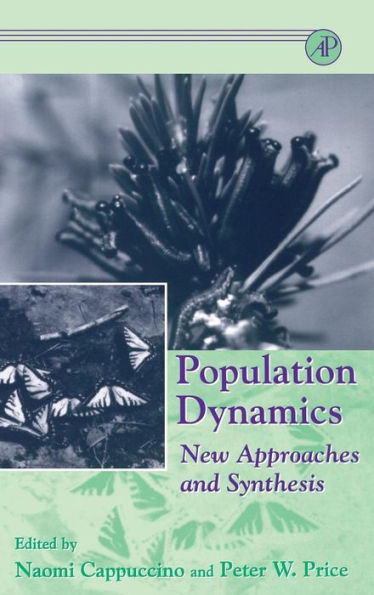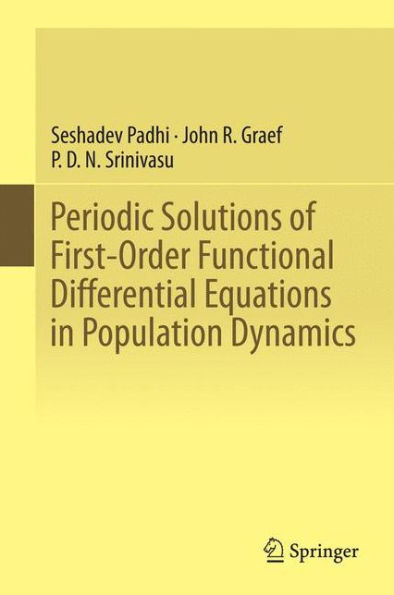Home
The Basic Approach to Age-Structured Population Dynamics: Models, Methods and Numerics
Loading Inventory...
Barnes and Noble
The Basic Approach to Age-Structured Population Dynamics: Models, Methods and Numerics
Current price: $79.99
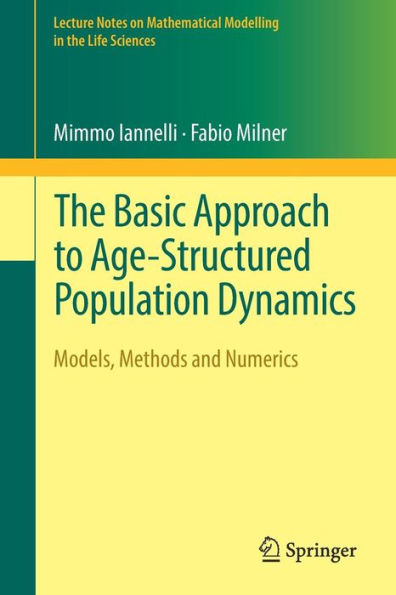

Barnes and Noble
The Basic Approach to Age-Structured Population Dynamics: Models, Methods and Numerics
Current price: $79.99
Loading Inventory...
Size: OS
*Product Information may vary - to confirm product availability, pricing, and additional information please contact Barnes and Noble
This book provides an introduction to age-structured population modeling which emphasizes the connection between mathematical theory and underlying biological assumptions.
Through the rigorous development of the linear theory and the nonlinear theory alongside numerics, the authors explore classical equations that describe the dynamics of certain ecological systems. Modeling aspects are discussed to show how relevant problems in the fields of demography, ecology and epidemiology can be formulated and treated within the theory. In particular, the book presents extensions of age-structured modeling to the spread of diseases and epidemics while also addressing the issue of regularity of solutions, the asymptotic behavior of solutions, and numerical approximation. With sections on transmission models, non-autonomous models and global dynamics, this book fills a gap in the literature on theoretical population dynamics.
The Basic Approach toAge-Structured Population Dynamics
will appeal to graduate students and researchers in mathematical biology, epidemiology and demography who are interested in the systematic presentation of relevant models and mathematical methods.
Through the rigorous development of the linear theory and the nonlinear theory alongside numerics, the authors explore classical equations that describe the dynamics of certain ecological systems. Modeling aspects are discussed to show how relevant problems in the fields of demography, ecology and epidemiology can be formulated and treated within the theory. In particular, the book presents extensions of age-structured modeling to the spread of diseases and epidemics while also addressing the issue of regularity of solutions, the asymptotic behavior of solutions, and numerical approximation. With sections on transmission models, non-autonomous models and global dynamics, this book fills a gap in the literature on theoretical population dynamics.
The Basic Approach toAge-Structured Population Dynamics
will appeal to graduate students and researchers in mathematical biology, epidemiology and demography who are interested in the systematic presentation of relevant models and mathematical methods.
